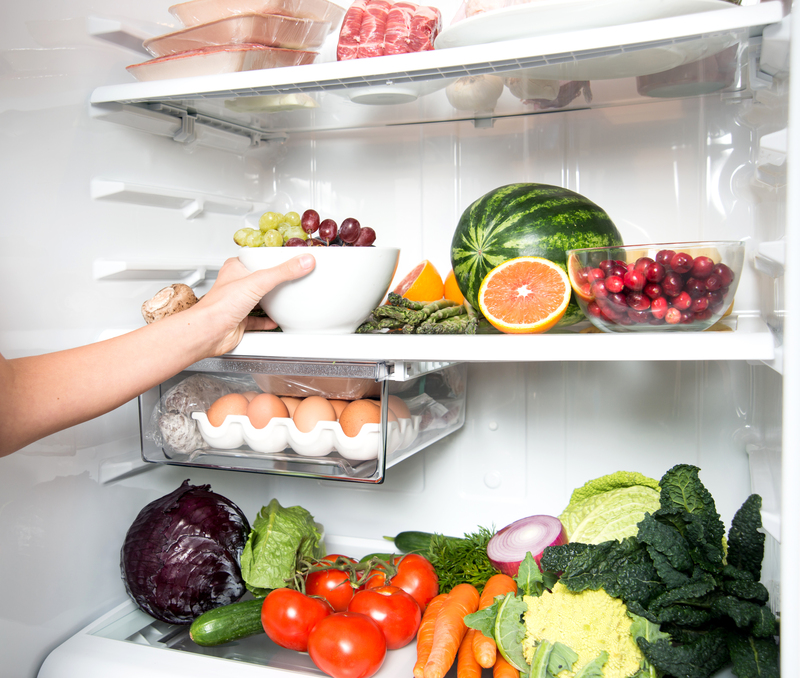How to Safely Transport Your Bed and Mattress During Your Next Move
Moving homes can be both exciting and stressful. Amidst the hustle and bustle of packing boxes, fragile items, and important documents, certain oversized items like your bed and mattress often pose a unique set of challenges. Ensuring the safe transport of your bed and mattress not only protects your investment but also guarantees a restful night's sleep after moving day. In this detailed guide, we'll explore how to safely transport your bed and mattress during your next move. We'll cover preparation, protective covering, carrying tips, loading your vehicle, and effective reassembly.
Why It's Important to Move Your Bed and Mattress Correctly
Mattresses and beds are significant investments in both comfort and health. Poor handling can lead to tears, sagging, broken frames, or stained fabric. Moreover, improper moving methods may void warranty coverage.
- Mattresses: Dustin, dirt, moisture, and physical damage can all decrease a mattress's lifespan.
- Beds: Unscrewing and reassembly without a plan can cause lost hardware or irreparable frame damage.
Knowing how to move your mattress and bed safely will help you avoid these costly mistakes.

Preparation: Disassembling the Bed and Mattress for Transport
Gather the Necessary Tools and Supplies
- Plastic mattress bags or covers
- Moving blankets or bubble wrap
- Sturdy packing tape
- Basic hand tools (screwdriver, wrench, Allen key)
- Permanent markers and re-sealable bags
- Straps or rope for securing items in the moving truck
Disassemble the Bed Frame
- Remove bedding - Strip sheets, pillows, comforters, and mattress protectors.
- Document the assembly - Take photos or a quick video of how the frame is put together for easy reassembly.
- Take apart the frame - Unscrew bolts, detach headboards and footboards, carefully separating all parts.
- Organize small parts - Place screws, fasteners, and other hardware in labeled bags, tape these securely to the frame.
Prepare Your Mattress for Moving
- Clean the mattress - Use a vacuum and, if necessary, a fabric freshener spray for a fresher move.
- Slip the mattress into a plastic mattress bag - This shields from dirt, water, and dust. Tape the open end shut.
These steps will ensure your bed and mattress are ready for a safe move.
How to Protect Your Mattress and Bed During the Move
Use Mattress Bags and Moving Blankets
Moving professionals always recommend using a mattress bag when transporting your mattress during a move. Mattress bags prevent rips, stains, moisture, and pests. Wrap bed frame components (especially wooden pieces) with moving blankets or bubble wrap to prevent scratches and dents.
What To Do If You Don't Have a Mattress Bag?
- Wrap the mattress in a clean tarp and secure with duct tape.
- Use large sheets, padding, or plastic wrap as a substitute, but only for short moves.
- Never drag an unprotected mattress or frame--they will collect dirt, tears, and scuffs.
Your bed and mattress will be better protected and last longer when wrapped well.
Carrying and Lifting Tips to Prevent Damage
Proper Techniques for Carrying a Mattress
A queen or king-size mattress can be both unwieldy and heavy. To avoid injury and mattress damage:
- Lifting with two people is highly recommended for large mattresses.
- Don't fold memory foam or innerspring types unless designed for folding--this can ruin internal structure.
- Lift with your legs, not your back, and avoid twisting motions.
- Keep the mattress upright when possible to reduce stress on inner materials.
Take special care on stairs and corners to avoid scraping fabric or damaging edges.
Carrying Bed Frames
- Carry frame parts flat or upright, depending on size and stairwells.
- Use furniture sliders on hardwood or tile floors to prevent scratches.
- Cushion sharp edges with padding when maneuvering through doorways.
Loading Your Bed and Mattress for Transportation
Select the Right Vehicle
Moving a bed and mattress may require a truck, van, or trailer. Verify that your chosen vehicle can fit the longest piece (typically the mattress), as moving a king-sized mattress in a small van might not be safe or possible.
- Measure your mattress and frame before choosing a moving vehicle.
- Pick-up trucks work only for short distances or if you have a truck bed cover to protect against rain and dirt.
- Professional moving trucks or cargo vans offer the best option for safe, enclosed transport.
How to Load a Mattress into a Moving Truck
- Load the mattress upright along the side wall of the moving vehicle to save space and prevent bending.
- Place the bed frame (wrapped in blankets) flat against another wall or secure larger parts with straps.
- Use a mattress sling or straps to prevent sliding during transit.
- Avoid placing heavy furniture on top of the mattress--this can cause deformation, especially for memory foam and hybrid types.
Special Tips for Apartments or Narrow Spaces
- Plan the exit route in advance--measure doorways, stairwells, and elevators.
- Carry mattress and frame pieces to the loading area before bringing the vehicle, reducing time spent blocking access for others.
Unloading and Reassembling Your Bed
Inspect for Any Damage
- Check all bed frame parts, look for cracks or missing hardware.
- Examine your mattress for rips, stains, or warping. Air out if any odors are present due to the move.
How to Reassemble Your Bed Frame
- Lay out all frame parts and hardware on a clean surface.
- Follow the manufacturer's instructions or reference your pre-move photos.
- Assemble the main structure tightly, ensuring all screws and bolts are secure.
- Place the mattress on top last, then add clean bedding.
Tip: Take this opportunity to add new floor protectors or anti-slip pads under bed legs.
Hiring Professionals vs. DIY Bed and Mattress Moving
Advantages of Hiring Professional Movers
- Expert handling minimizes the risk of damage to your mattress and bed frame.
- Professional movers have the right equipment (dollies, straps, covers) for safe bed transport.
- They often carry insurance in case of accidental damage.
When DIY Moving Makes Sense
- If your bed and mattress are lightweight or easy to disassemble.
- When moving a short distance and on a tight budget.
- If you have assistance from friends or family to help carry and load heavy items.
If you move by yourself, make sure you have all the necessary tools and supplies before moving day.
Frequently Asked Questions on Transporting Beds and Mattresses
Can you fold a mattress for transport?
Only fold mattresses specifically labeled as "foldable" or "bifold." Never fold innerspring or memory foam mattresses not rated for folding--they can break or lose support.
Is it safe to transport a mattress on the roof of a car?
It's not recommended. Roof transport exposes your mattress to weather, dirt, and risks damage or road hazards. Improperly secured mattresses can also create serious safety hazards for other drivers.
How do I keep my mattress clean during a move?
Use a high-quality, waterproof mattress bag, seal with tape, and avoid placing it on wet or dirty surfaces at any time during the move. Always carry the mattress, never drag it.
What should I do if my bed frame gets scratched or chipped?
For wooden frames, use a wood touch-up marker. For metal, consider gentle buffing or a matched paint touch-up kit. Prevent future issues by wrapping sharp corners with moving blankets or bubble wrap.

Extra Tips for Moving Beds and Mattresses Safely
- Count and secure small parts: Lost screws or special fittings can make reassembly frustrating. Label each bag clearly.
- Don't forget slats, center supports, or other small pieces--wrap and tape to the main frame for easy reassembly.
- Leave mattress bags or covers on until fully set up in the new home to resist dust and accidental spills during unpacking.
- Allow your mattress to "breathe" for a few hours after unpacking to release any trapped odors.
- If disposing of your old mattress, check local recycling or donation options as most curbside pickups have strict mattress rules.
Summary: Safely Moving Your Bed and Mattress Keeps You Rested
Preparing and transporting a bed and mattress takes thoughtful planning and care. Disassemble bed frames, protect each component, use the right equipment and vehicle, and reassemble with the manufacturer's directions. Whether you go DIY or hire professional movers, these steps will help you move your bed and mattress safely and quickly get settled for a comfortable night in your new home.
Ready for your next move? Refer back to these steps for hassle-free bed and mattress transport every time!